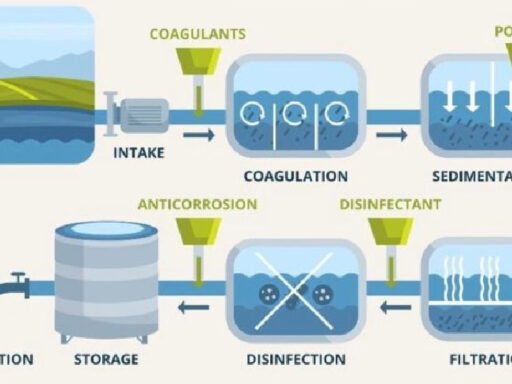Have you ever seen a scene in an action movie where a car crashes and flips over? Can you imagine how terrifying it would be to experience a similar accident in real life?
Statistics show that about 2% of all accidents result in rollovers. However, these accidents are responsible for about 35 percent of all accident-related deaths. Rollover accidents can happen with one or more vehicles, but they are most common in single-car accidents and can lead to serious injuries.
If you’ve been in a rollover accident, consult the experienced car accident lawyers at The Champion Firm. They can help you with your legal battles and get the maximum compensation possible!
What Causes a Rollover?
There are two primary types of rollovers: tripped and untripped. A tripped rollover happens when a vehicle veers off the road and slides sideways, causing the tires to hit a guardrail or dig into the soft shoulder, which can lead to the vehicle tipping over and rolling. Common causes of tripped rollovers include soft soil, deep potholes, steep slopes, and guardrails.
On the other hand, untripped rollovers occur in vehicles with higher centers of gravity or top-heavy vehicles. These rollovers can happen when the vehicle is maneuvering to avoid a collision or when traveling at high speeds.
Which Vehicles Are Prone to Rolling Over?
A vehicle’s center of gravity is where all its masses effectively act, carrying its entire weight. A lower center of gravity improves handling, reduces weight transfer during maneuvers, and significantly lowers the risk of rollovers.
According to the National Center for Statistics and Analysis, vans, pickups, and sports utility vehicles account for 66% of rollovers, making them more susceptible to this type of crash.
What Can I Do About My Injuries?
Rollover crashes can result in severe injuries for those involved. What actions can you take if you’re injured in this kind of accident? Who might be legally responsible for your damages? Depending on the situation of your accident, several parties could be considered responsible in court. These potential parties include:
- The designer of the vehicle (if the design led to the rollover)
- The manufacturer of the vehicle (if the car’s parts contributed to the crash)
- Local governments (if the road conditions were unsafe)
- Other drivers (if they played a role in the crash)
If your accident was due to your own negligence, your ability to seek compensation may be restricted.
What Types of Injuries Can Rollover Crashes Cause?
The most serious injuries often result from the driver or passenger being shaken or thrown from the car. During a rollover, a person may suffer from whiplash, slipped discs, and even nerve damage.
The most affected areas are the head, neck, abdomen, and limbs. Victims of these crashes often sustain multiple types of injuries, including:
- Cuts, Scrapes, and Bruises: The force involved in car accidents, including rollovers, can violently shake an individual, leading to bruises or scrapes on the neck, chest, back, or abdomen. While these injuries are common, they are usually not fatal.
- Broken Bones: Rollover crashes can easily cause broken bones, resulting in severe pain. Symptoms may include swelling, reduced mobility of the affected joint, and limb deformity.
- Spinal Cord Injuries: The spine is particularly vulnerable during rollover crashes. Symptoms of a spinal cord injury vary depending on the severity and location of the injury but can include partial or complete loss of sensory function or motor control of the arms, legs, or body.
- Traumatic Brain Injuries: The brain is also vulnerable to injury during a rollover crash, which can affect attention, memory, language, and problem-solving skills.





